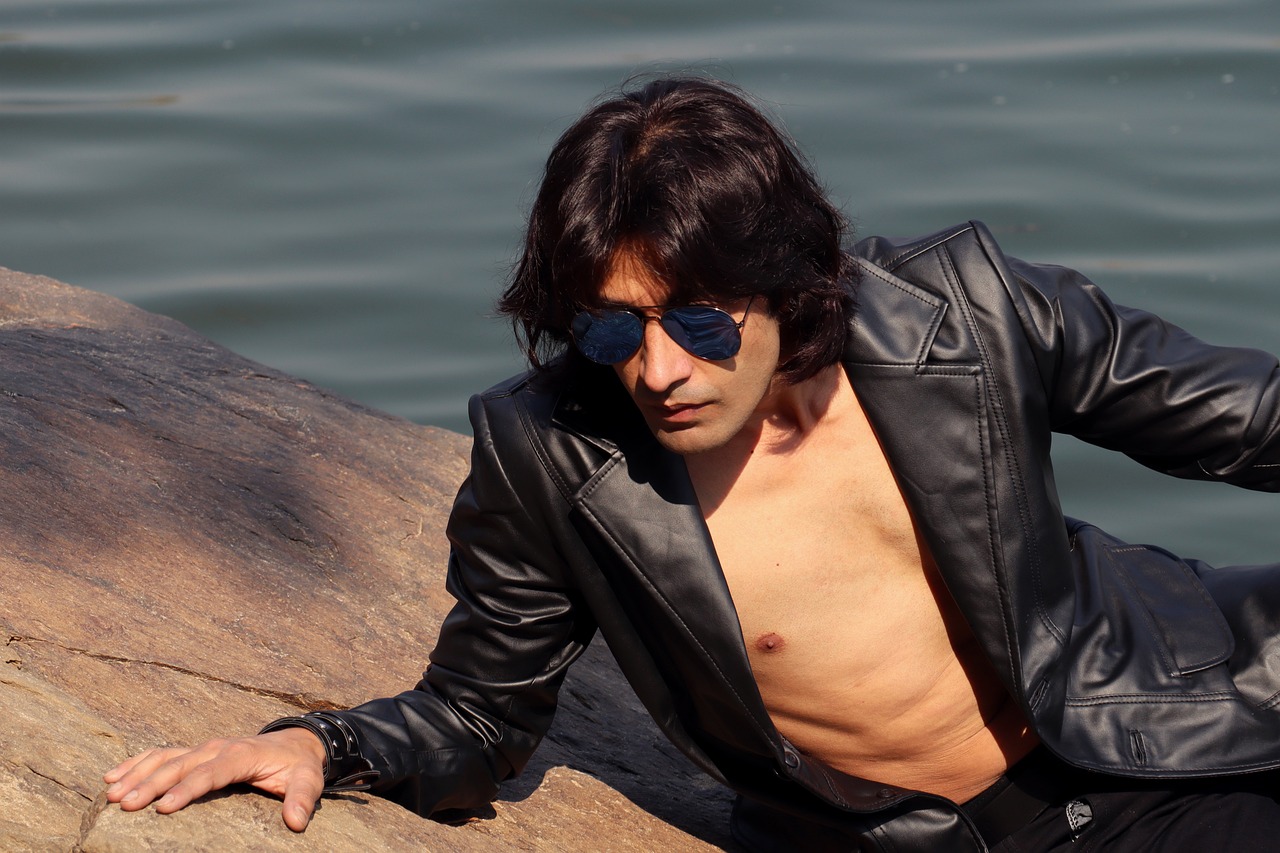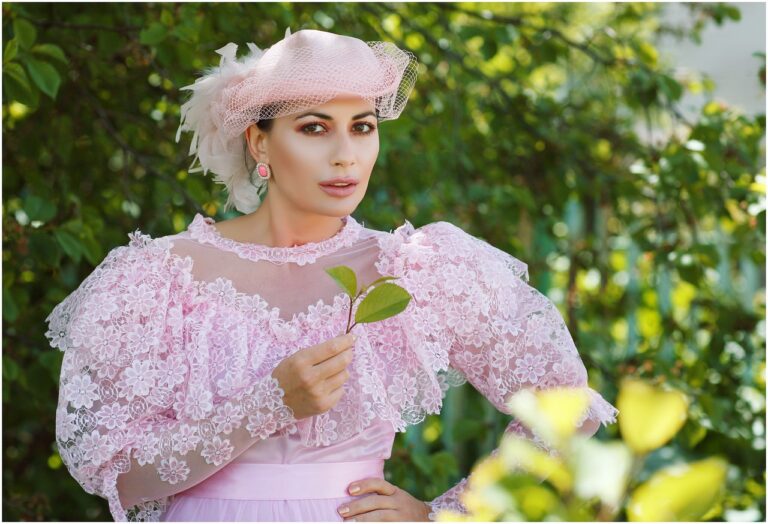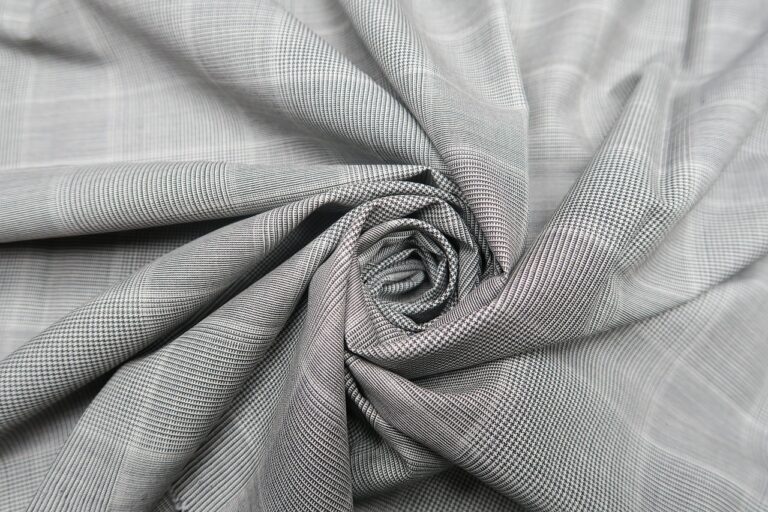Exploring Eco-Friendly Fabric Dyeing Techniques for Boutique Fashion: 11xplay, Diamondexch9 com, Sky exchange sign up
11xplay, diamondexch9 com, sky exchange sign up: Fashion is an ever-evolving industry that constantly seeks new ways to stay ahead of trends while also being mindful of its impact on the environment. As boutique fashion continues to gain popularity, many designers are looking for ways to incorporate eco-friendly practices into their creations. One area that is often overlooked but holds great potential for sustainability is fabric dyeing.
Traditional fabric dyeing methods often involve the use of harmful chemicals that can pollute water sources and have a negative impact on the environment. However, there are plenty of alternative techniques that boutique designers can explore to create beautiful and vibrant colors without harming the planet.
In this article, we will delve into some eco-friendly fabric dyeing techniques that boutique fashion designers can incorporate into their creations. From natural dyes to innovative processes, there are plenty of options to choose from that will allow you to create stunning pieces while also reducing your carbon footprint.
Natural Dyes
One of the oldest fabric dyeing techniques, natural dyes are derived from plants, insects, and minerals. These dyes are biodegradable and non-toxic, making them a great eco-friendly alternative to synthetic dyes. Some popular natural dyes include indigo, turmeric, and madder root, each offering a unique range of colors. By experimenting with natural dyes, boutique designers can create one-of-a-kind pieces that are not only sustainable but also have a beautiful, organic quality to them.
Low-Impact Dyes
Low-impact dyes are synthetic dyes that have been specially formulated to require less water and energy during the dyeing process. These dyes are also free of harmful chemicals such as heavy metals and azo compounds, making them a safer alternative for both the environment and the wearer. Low-impact dyes are available in a wide range of colors and can be used on a variety of fabrics, making them a versatile choice for boutique fashion designers looking to reduce their environmental impact.
Waterless Dyeing
Waterless dyeing techniques, such as air-dyeing and cold-dyeing, eliminate the need for large amounts of water typically used in traditional dyeing processes. By using air or cold temperatures to fix the dye to the fabric, designers can reduce their water consumption significantly while still achieving vibrant colors. Waterless dyeing techniques not only save water but also reduce energy consumption and eliminate the need for wastewater treatment, making them a truly sustainable option for eco-conscious designers.
Plant-Based Printing
Instead of dyeing the entire fabric, designers can explore plant-based printing techniques as a way to add color and pattern to their creations. Plant-based printing involves using natural pigments from plants, flowers, and leaves to create intricate designs on fabric. This method allows designers to incorporate unique patterns and motifs into their pieces while also utilizing sustainable and biodegradable materials. Plant-based printing is a great way to add visual interest to your designs while also supporting environmental stewardship.
Upcycling and Natural Elements
In addition to exploring alternative dyeing techniques, boutique designers can also incorporate upcycled materials and natural elements into their creations. Upcycling involves reusing old garments or fabric scraps to create new pieces, reducing waste and promoting circular fashion. By incorporating natural elements such as feathers, shells, or beads into your designs, you can add a touch of eco-friendly flair while also celebrating the beauty of the natural world. Upcycling and natural elements are excellent ways to create unique and sustainable pieces that stand out in a crowded marketplace.
Innovative Processes
Finally, boutique designers can also explore innovative dyeing processes such as UV printing, digital printing, and bioprocessing. UV printing involves using ultraviolet light to fix the dye to the fabric, reducing water and energy consumption. Digital printing allows for intricate and detailed designs to be printed directly onto the fabric, eliminating the need for excess dye and water. Bioprocessing uses enzymes and microorganisms to dye fabric, offering a sustainable and biodegradable alternative to traditional dyeing methods. By experimenting with these innovative processes, designers can create cutting-edge pieces that are both environmentally friendly and fashion-forward.
FAQs
What is the most eco-friendly fabric dyeing technique?
Natural dyes are considered the most eco-friendly fabric dyeing technique as they are derived from plants, minerals, and insects and do not contain harmful chemicals.
Can I achieve vibrant colors with eco-friendly dyes?
Yes, eco-friendly dyes such as low-impact dyes and natural dyes offer a wide range of vibrant colors that are just as rich and vibrant as traditional synthetic dyes.
Are waterless dyeing techniques effective?
Yes, waterless dyeing techniques such as air-dyeing and cold-dyeing are effective at fixing dye to the fabric while significantly reducing water consumption and energy usage.
How can I incorporate upcycled materials into my designs?
You can incorporate upcycled materials into your designs by reusing old garments or fabric scraps to create new pieces, reducing waste and promoting circular fashion.
In conclusion, exploring eco-friendly fabric dyeing techniques is a great way for boutique fashion designers to create beautiful and sustainable pieces that are both fashion-forward and environmentally conscious. By incorporating natural dyes, low-impact dyes, waterless dyeing techniques, plant-based printing, upcycled materials, and innovative processes into your designs, you can make a positive impact on the planet while also setting yourself apart in the competitive world of boutique fashion. Let your creativity and commitment to sustainability shine through in every piece you create, and watch as your eco-friendly designs capture the hearts of conscious consumers everywhere.







